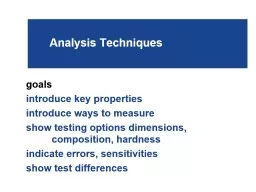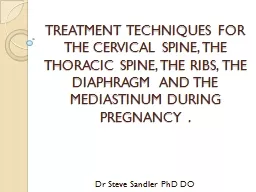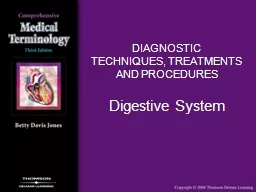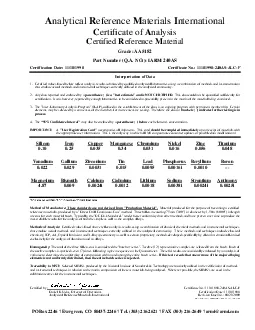PPT-Analysis Techniques
Author : yoshiko-marsland | Published Date : 2017-12-17
goals introduce key properties introduce ways to measure show testing options dimensions composition hardness indicate errors sensitivities show test differences
Presentation Embed Code
Download Presentation
Download Presentation The PPT/PDF document "Analysis Techniques" is the property of its rightful owner. Permission is granted to download and print the materials on this website for personal, non-commercial use only, and to display it on your personal computer provided you do not modify the materials and that you retain all copyright notices contained in the materials. By downloading content from our website, you accept the terms of this agreement.
Analysis Techniques: Transcript
Download Rules Of Document
"Analysis Techniques"The content belongs to its owner. You may download and print it for personal use, without modification, and keep all copyright notices. By downloading, you agree to these terms.
Related Documents














